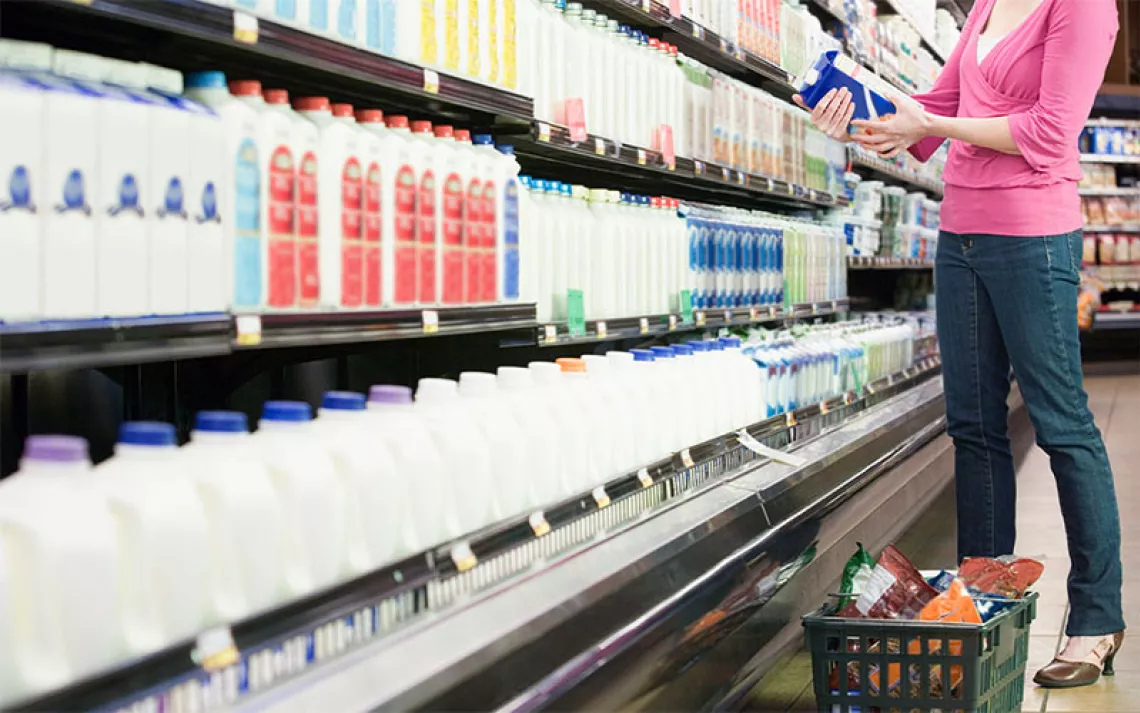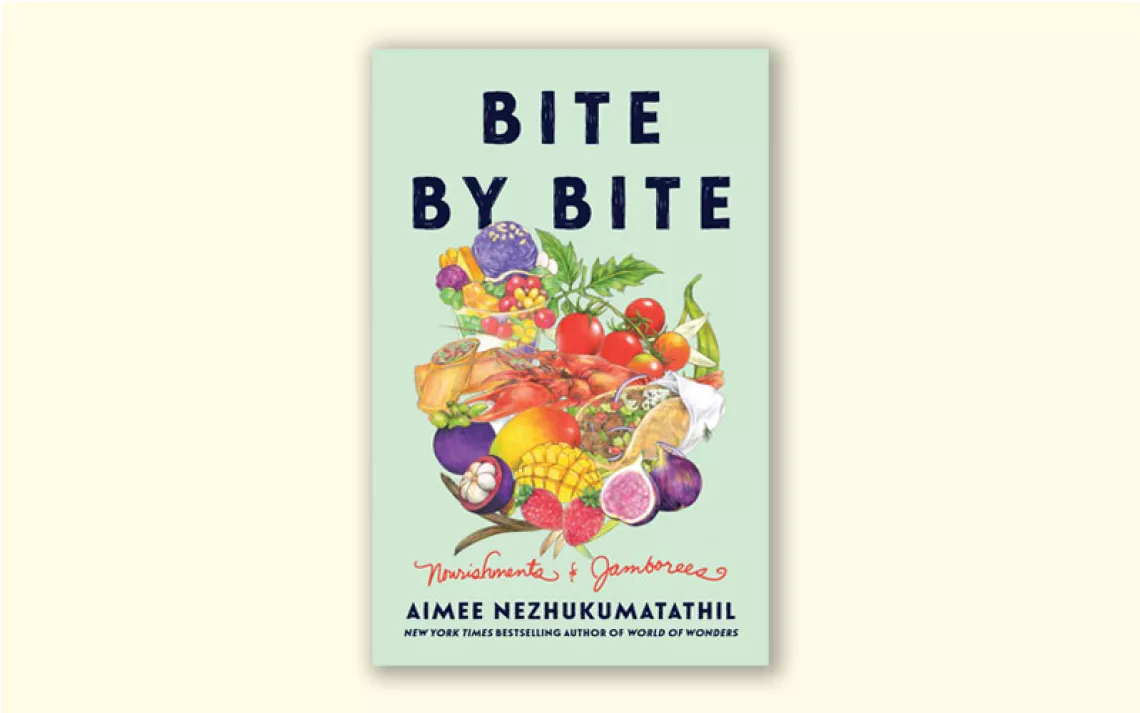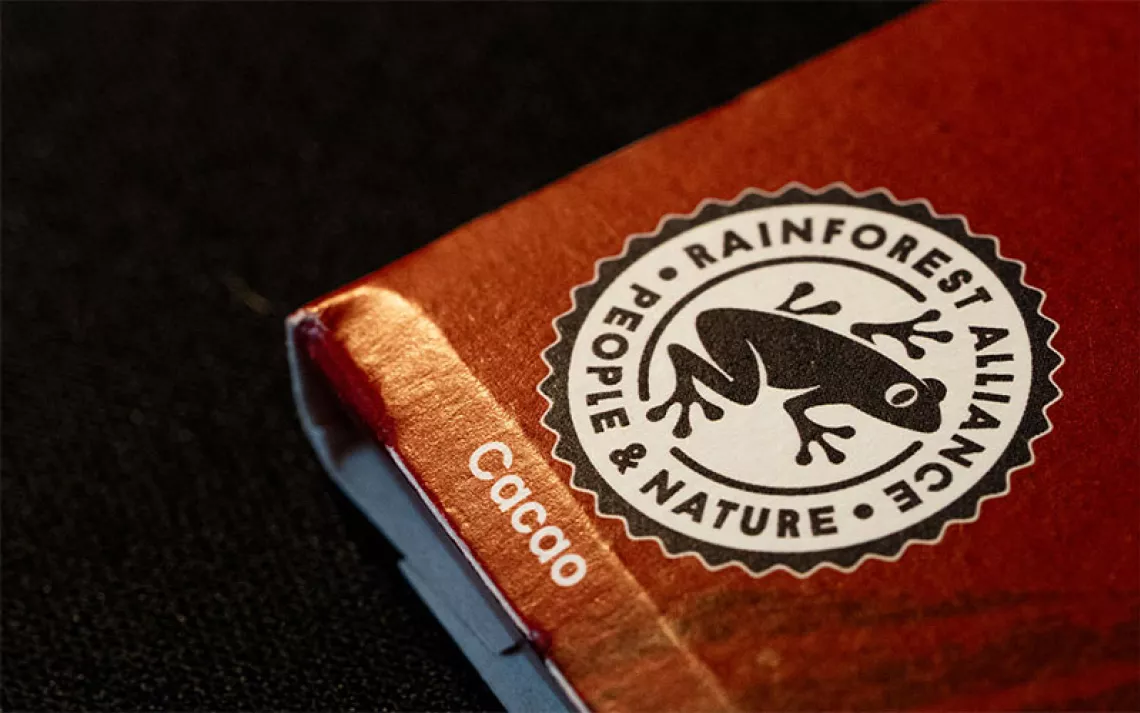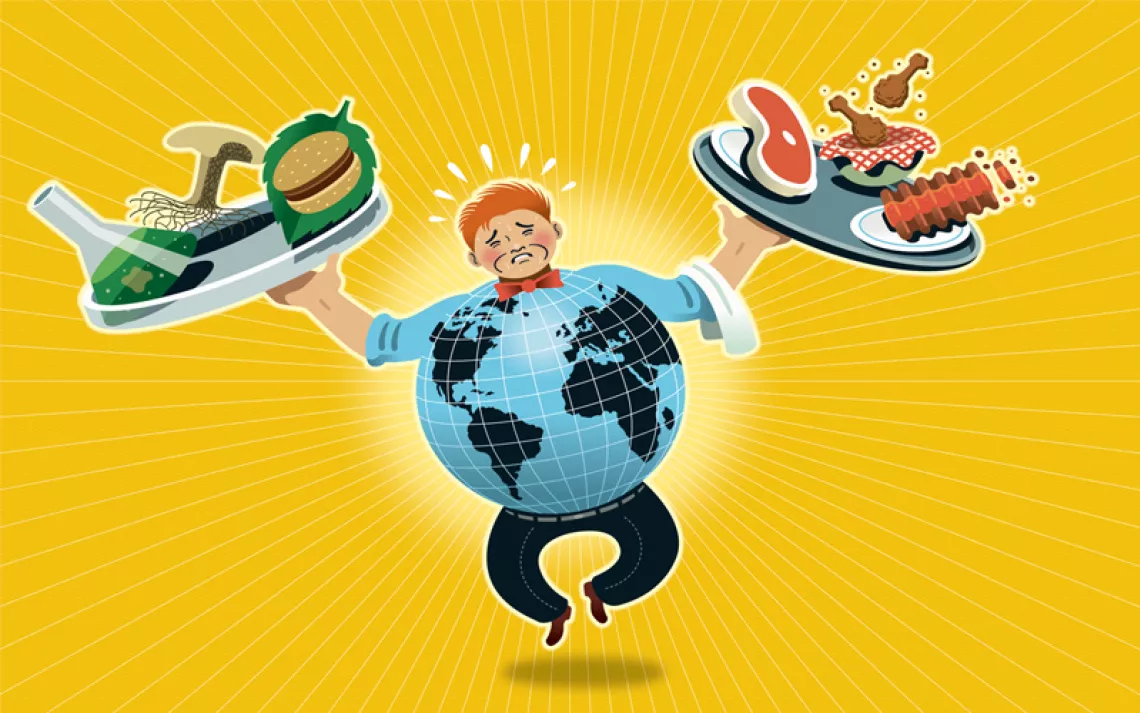No More Annoying Produce Stickers! (If You’re Swedish)
U.S. growers are too frightened to adopt laser-printed labels

Photo courtesy of Eosta
Imagine a world where you don’t have to scrape a tomato to peel off its little sticker. Where those pesky bits of paper and glue don’t end up in landfills, in oceans, or on the bottom of your shoe.
That utopia now exists—in a Swedish supermarket. In ICA stores, they mark their avocados and sweet potatoes with a laser.
The process is quite simple: A low-energy laser removes pigment from the skin of fruits and vegetables, etching in information like its product look up (PLU) code and thus eliminating the need for stickers or other packaging.
The program began in December 2016, when Dutch-based organic produce supplier Eosta began selling the laser-marked vegetables to ICA. So far, shoppers love it. “We’re overwhelmed with the success,” says Michaël Wilde, sustainability and communications manager for Eosta. “Green consumers are delighted that, finally, we can take organic products out of plastic.” (Organic produce in Europe is often fully packaged in plastic to differentiate it from conventionally grown. With laser marking, there’s no need for that.)
Approved by the European Union in 2013, laser technology is safe, efficient, and environmentally friendly. (In the United States, the FDA approved it in 2009 for citrus fruits.) Eosta says that it will save 750,000 plastic packages for avocados this year. Laser labels will eliminate adhesives, ink, and other fluids associated with packaging and stickers. According to Laser Foods—a Spanish company that has developed the machines for commercial use and collaborates with Eosta—the process emits less than 0.2 percent of the CO2 emitted during the creation of a sticker of the same size. “Organic consumers are very sensitive to their waste generation,” says company spokesperson Stephane Merit. “The market and consumers are really waiting for this.”
So why are U.S. consumers still stuck with those annoying stickers?
Jan Narciso is a former research microbiologist with the USDA. She suspects that the sticking point is risk-averse U.S. growers, who are worried about costs, possible FDA regulations, and consumer reactions. “Growers are facing so many problems [like] increased costs of pesticides, fertilizers,” she says, “They’re going to stick with the tried and true.” They worry, “‘Is this really going to work? What if I do this, I put my fruit out there and people won’t buy it because it’s different?’”
While at the USDA, Narciso studied laser marking of citrus fruits, publishing a 2009 study with colleagues that found the technology both effective and safe. (It was so safe, she says, “We were even tattooing our skin, just for fun. It didn’t hurt—it was nothing. By the next day it was gone.”)
The laser did not cause dehydration or introduce pathogens into the fruit. Narciso and her team’s work helped win FDA approval for laser marking of U.S. citrus.
So Narciso was stunned when laser labeling failed to take hold across the country. With the exception of the California company Citrusmark, which laser marks logos and designs onto citrus for corporate events and private parties, the U.S. market hasn’t adopted the technology at all. “I don’t know if you’ve ever seen paper labels being put on fruit,” Narciso says, “but let me tell you, it’s a mess. The labels start sticking to themselves and gum up the machine. I don’t know why growers think that’s more cost effective than renting a laser.”
For now, non-citrus U.S. produce is sent overseas to be laser marked by Eosta and sold to European consumers. “We import beautiful sweet potatoes from North Carolina,” Wilde says.
 The Magazine of The Sierra Club
The Magazine of The Sierra Club



